Order: Passeriformes | Family: Furnariidae | IUCN Status: Least Concern
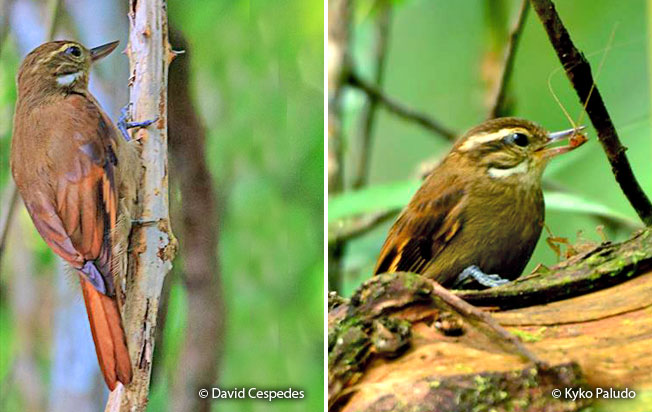
Age: Adult | Sex: Unknown | Loc. Amazonian Colombia
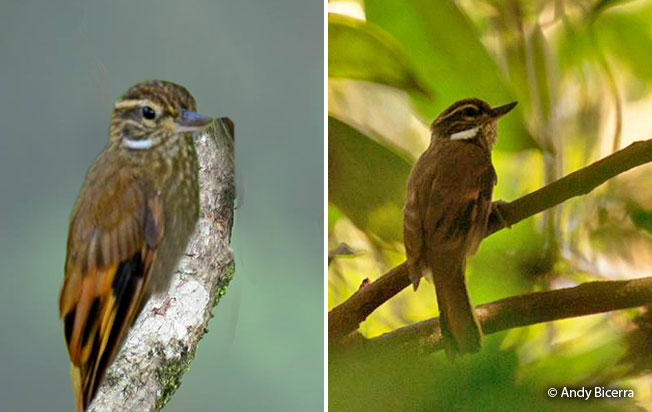
Age: Adult | Sex: Unknown | Loc. Amazonian Brazil | Am. Ecuador
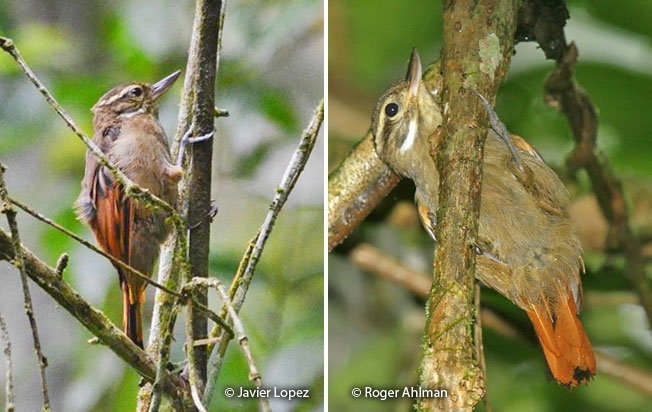
Age: Adult | Sex: Unknown | Loc. Cerro Blanco \ Pichincha, Ecuador
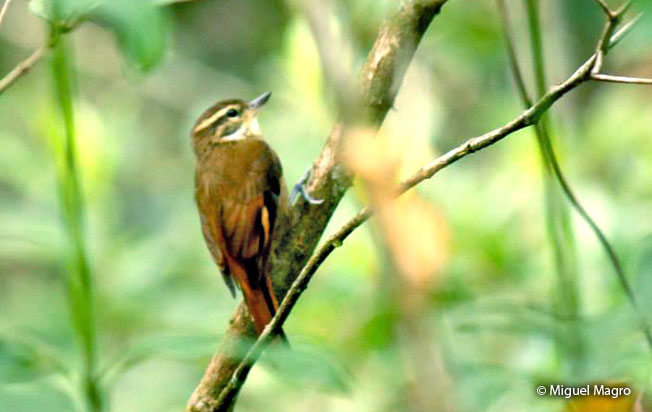
Age: Adult | Sex: Unknown | Loc. Amazonian, Brazil
Status: The Plain Xenops is fairly common and widespread in Amazonia where it is known to range up to 1400 m along the east slope of the Andes. It also occurs in Co, Ec, Br, and Bo.
Name in Spanish: Pico-Lezna Simple.
Sub-species: Plain Xenops (Xenops minutus littoralis), P. L. Sclater 1862. E Panama (Darién) and N Colombia (E to Cauca and Magdalena valleys) S to W Ecuador and extreme NW Peru (Tumbes).
(Xenops minutus obsoletus), J. T. Zimmer, 1924. E Colombia (E from Meta and Caquetá), SW Venezuela (SW Amazonas) and NW Brazil (NW Amazonas).
Meaning of Name: Xenops: Gr. xenos= stranger and ops, opos= face, countenance. minutus: L. minutus, minuere= little, to make smaller.
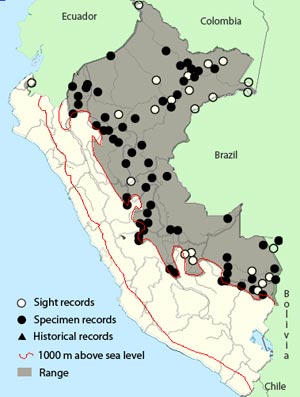
Voice
References:
-
- Species range based on: Schulenberg, T. S., D. F. Stotz, and L. Rico. 2006. Distribution maps of the birds of Peru, version 1.0. Environment, Culture & Conservation (ECCo). The Field Museum. http://fm2.fieldmuseum.org/uw_test/birdsofperu on 03/01/2017.